
Sri Lanka, the pearl of the Indian Ocean, has been known to the world for centuries as a land blessed with dazzling gemstones. Sea faring traders from all over the world chose this magical land as a much sought after port of call in their voyages searching for the world’s finest gem stones. Famous historical chronicles testify that royals around the world, including the English Royal Family have adorned their crown jewels with gems and jewelry from Sri Lanka.
Throughout history, the brilliance of Sri Lankan gemstones inspired kings, traders and historians across the globe. The legacy continues, as Sri Lanka still holds the crown for producing world class gemstones. During early times, Sri Lanka was once referred to as ‘Rathna Dweepa’ which connotes the meaning ‘The Island of Gemstones’.
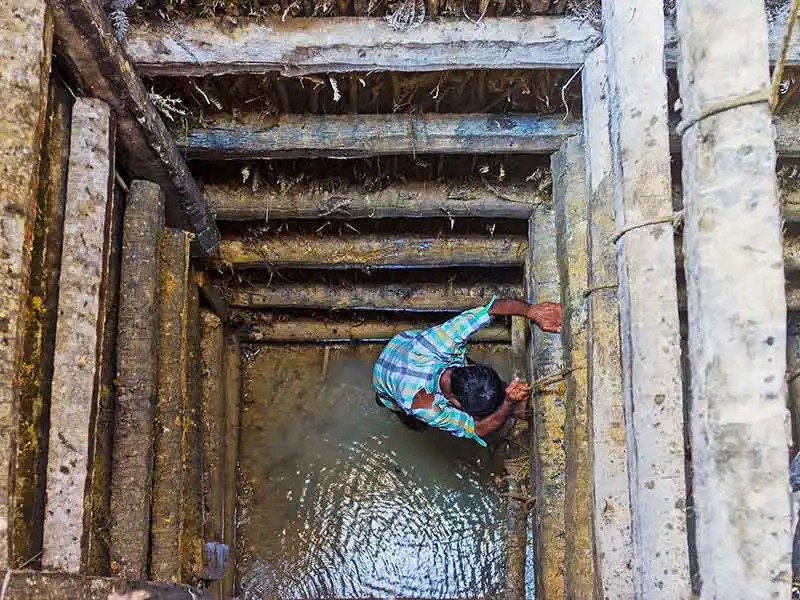
The gems of Sri Lanka are woven into its history. Marco Polo wrote that the island had the best Sapphires, Topazes, Amethysts, and other gemstones in the world. Records from sailors that visited the island states that they brought back ‘Jewels of Serendib’. Serendib was the ancient name given to the island by Middle Eastern and Persian traders that crossed the Indian Ocean to trade gemstones from Sri Lanka to the East during the 4th and 5th century.
King Solomon was said to have procured a great Ruby for the Queen of Sheba from Ceylon. In more recent times, the Sri Lankan Blue Sapphire glows in the universe due to the Royal Marriage of the Century. This glamorous Ceylon Blue Sapphire and Diamond Cluster is the engagement ring of the striking and admirable couple Prince William and Kate Middleton which was originally the engagement ring of the late Princess Diana.

Spanning across 65,000 square Kilometers, out of which 80% of the landmass undisputedly declared as ‘Potential Gem Bearings’. Sri Lanka possesses the highest density of gemstone deposits in the world producing over 75 varieties out of around 200 known gemstone varieties. Main species of gemstones found in Sri Lanka are Sapphire, Ruby, Cat’s Eye, Alexandrite, Chrysoberyl, Spinel, Topaz, Zircons, Tourmaline and Garnets.
These gemstones occur mainly in alluvial gravels found in valley bottoms into which flow tributary hillside streams which carry gem minerals released by weathering form the bed rock sources located at hilltops or hillsides. Apart from the sedimentary formation which carry gemstones, some rocks too have been shown to contain gemstones particularly varieties of Corundum. There are also gemstones associated with pegmatite which constituted an important source.

The best known and most prolific gemstone producing area in the island is the Ratnapura district of the Sabaragamuwa province. The other major gem mining areas in the country are Avissawella, Nivithigala, Eheliyagoda, Pelmadulla and Balangoda.


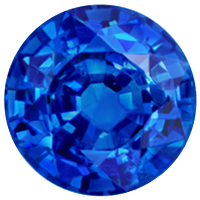 BLUE SAPPHIRE
BLUE SAPPHIRE 

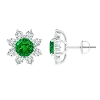
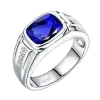






 Blue Sapphire
Blue Sapphire Pink Sapphire
Pink Sapphire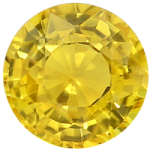 Yellow Sapphire
Yellow Sapphire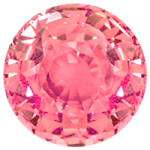 Padparadscha Sapphire
Padparadscha Sapphire Green Sapphire
Green Sapphire White Sapphire
White Sapphire Amethyst
Amethyst Peridot
Peridot Moonstone
Moonstone Garnet
Garnet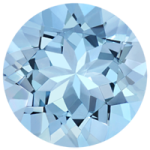 Aquamarine
Aquamarine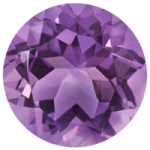 Spinel
Spinel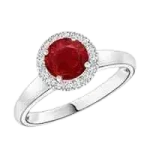 Ladies Rings
Ladies Rings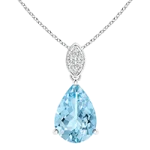 Pendants
Pendants Earrings
Earrings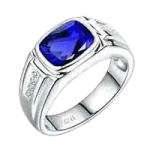 Gent’s Rings
Gent’s Rings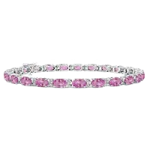 Bracelet
Bracelet